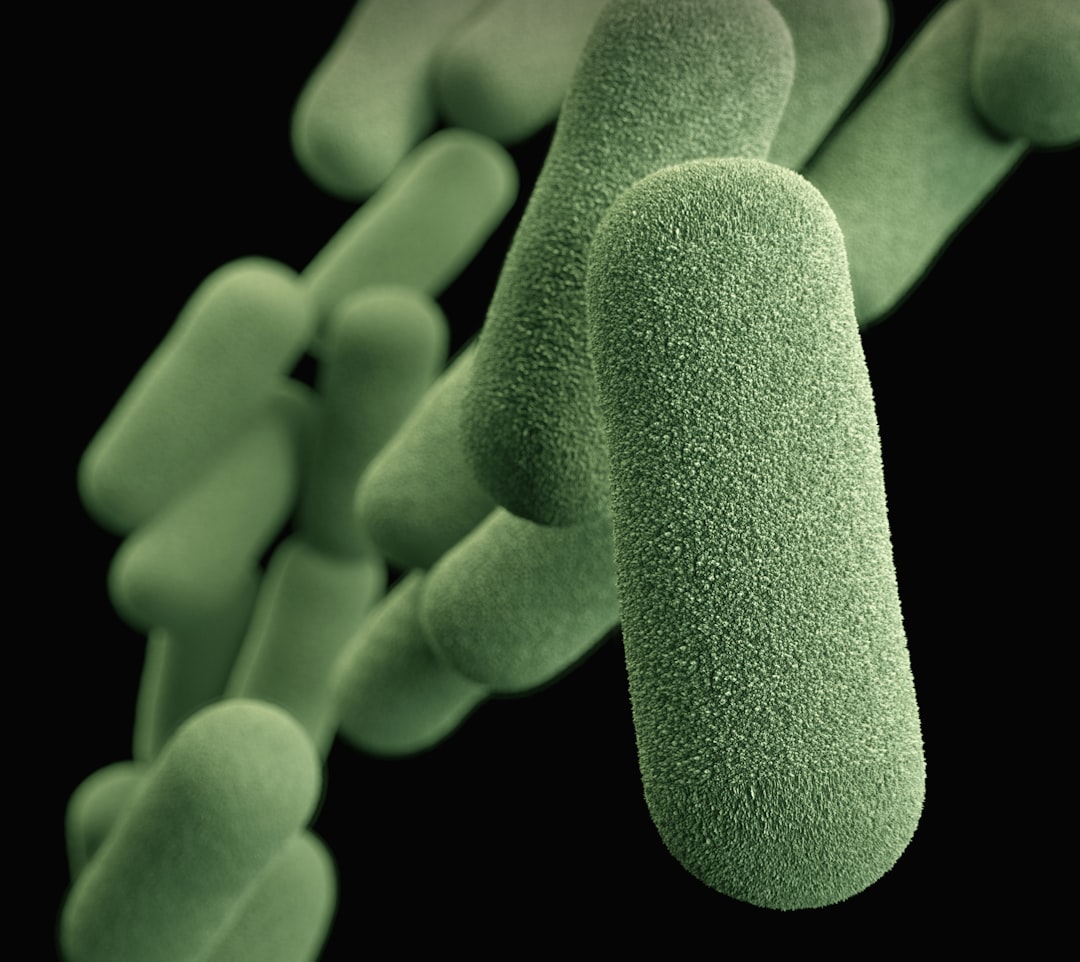What is it about?
We hypothesised that some G protein-coupled receptors (GPCRs) of the class A , can dimerise and trans-activate each other. To test our hypothesis, we used the gonadotropin receptors (LHR/LHCGR and FSHR) as models. The meson for this was that they have large extracellular domains that are responsible for biding their ligands. Upon binding the extraceullular domain/ligand activates the transmembrane domain (TMD). Thus a receptor without a functional TMD could activate by a receptor lacking a functional extracellular domain. After in vitro tests proving that there complementary receptors function, they were inserted in mice lacking the wildtype receptor. The males having both mutant receptors recovered fertility and testosterone levels.
Featured Image
Why is it important?
This is (probably) the first in vivo evidence that class A of the G protein-coupled receptors (GPCRs) function as dimers. Dimerisation might be involved in differential signalling responses and kinetics (internalisation, desensitisation). In some cases GPCRs heterodimerise creating new signalling pathways where depending of the ligand, to receptor type 1 or type 2 or both, the cell responds in a unique manner.
Perspectives
Probably most class A GPCRs can work as monomers (single receptor), yet dimerisation provides them with alternative functions. These functions might change cell-to -ell depending of the different receptors, or other surface proteins, present on the membrane at ta given time. Thus, we could easily claim that dimerisation plays important physiological and pathological roles in most multicellular organisms.
Professor Adolfo Rivero-Muller
Uniwersytet Medyczny w Lublinie
Read the Original
This page is a summary of: Rescue of defective G protein–coupled receptor function in vivo by intermolecular cooperation, Proceedings of the National Academy of Sciences, January 2010, Proceedings of the National Academy of Sciences,
DOI: 10.1073/pnas.0906695106.
You can read the full text:
Contributors
The following have contributed to this page










